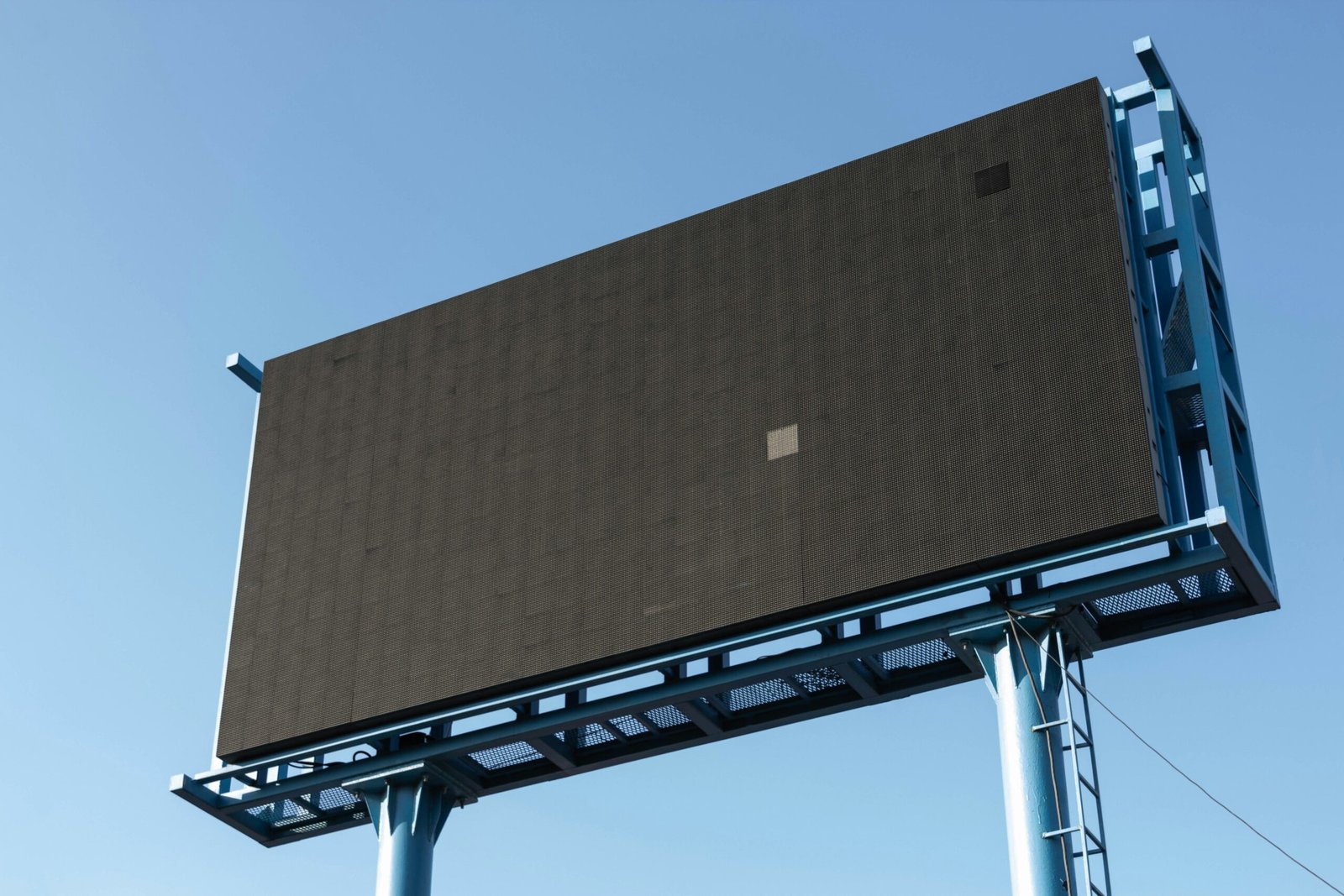Can You Replace LCD Without Replacing the Screen?
Introduction to LCD and Screen Components
The modern-day reliance on electronic devices such as smartphones, tablets, and laptops necessitates a basic understanding of their display technologies. One of the most integral parts of these devices is the Liquid Crystal Display (LCD). An LCD leverages liquid crystals, which are manipulated through electric currents to produce images on the screen. Each pixel on the screen consists of liquid crystal molecules that can twist and untwist to modulate light, forming the array of colors and images we see.
However, it is essential to delineate the distinction between the LCD and the screen to further comprehend how these components interact. The term “screen” often colloquially refers to the outermost layer of the device, which includes several integral components working in unison. These components typically encompass the LCD, the digitizer, and the outer glass.
The digitizer, positioned directly above the LCD, is responsible for translating touch inputs into digital signals that the device’s processor can interpret. The outer glass, often referred to as the touchscreen, essentially acts as a protective layer, safeguarding the underlying components from physical damage and preserving the aesthetic integrity of the device.
Understanding these components’ distinct roles lays the groundwork for determining whether the LCD can be replaced independently from the screen. Within the architecture of a modern display setup, each part has its unique function, but they are inherently interconnected. Damaging one component could potentially impair the functionality of others, thus influencing the repairability and replacement procedures. This interdependency often raises the question: Can one service or replace the LCD without replacing the entire screen assembly? This blog post will delve into that query, examining the feasibility and implications of isolated LCD replacement.
Common Scenarios Leading to LCD Damage
LCD damage can occur under several scenarios that do not necessarily affect the outer screen. One common cause is accidental drops. While the protective glass may remain intact, the impact can create internal cracks within the LCD, disrupting the liquid crystals and leading to display issues. Symptoms like black spots, colored lines, or complete screen blackout often indicate that the damage is isolated to the LCD rather than the digitizer or the glass.
Localized pressure is another significant contributor to LCD damage. Placing heavy objects on the screen or applying excessive force can compromise the liquid crystals’ alignment, resulting in distorted images or areas of discoloration. An external screen protector cannot safeguard against such internal pressure, making the LCD the most at risk.
Moreover, malfunctioning backlights are a notable cause of LCD issues. Over time, backlights can degrade, flicker, or fail entirely, causing visual inconsistencies on the screen. Unlike digitizer problems, which are related to touch responsiveness, or glass issues, which pertain to surface damage, backlight failures specifically impair the LCD’s ability to display images correctly.
Identifying LCD-specific issues can involve observing certain signs. Vertical or horizontal lines, screen bleeding, uneven brightness, and persistent visual anomalies are telltale indicators that the LCD is compromised. In such cases, users may notice the device still responds to touch inputs accurately, which points to the LCD being the problem rather than the digitizer.
Recognizing these common scenarios can help users determine when an LCD replacement is necessary, potentially avoiding the need for a full screen replacement. Understanding the symptoms associated with LCD damage ensures timely and more cost-effective repairs, maintaining device functionality and visual performance.
“`html
Technical Feasibility of Replacing Only the LCD
Replacing only the LCD screen of a device, without replacing the entire screen assembly, is technically challenging but feasible under specific conditions. The process involves delicately separating the LCD from the digitizer and the outer glass. This task demands precision, patience, and the right set of tools to prevent further damage to the device.
The separation process typically requires specialized tools such as heat guns, suction cups, and thin prying tools to carefully detach the LCD. Extremely fine motor skills and a thorough understanding of the device’s internal structure are essential to manipulate these components effectively. Any misstep can result in broken digitizers, damaged glass, or compromised internal connections, leading to more costly repairs.
Another important factor is the specific device and its manufacturer. Certain smartphones and tablets are designed with the LCD fused to the digitizer and the outer glass, making independent replacement impractical. Brands like Apple and Samsung often integrate these components, meaning replacing just the LCD in such cases might not be viable. Conversely, some manufacturers design their devices to allow easier separations and eventual replacements, making the task more feasible.
The level of expertise required for replacing just the LCD is considerably high. While experienced technicians with appropriate training can perform this task, it remains risky for untrained individuals. The potential risks include irreversible screen damage, loss of touch functionality, and potential voiding of warranties. Therefore, it’s advisable to weigh the costs and benefits carefully before embarking on such a repair.
“`
Cost Comparison and Practical Considerations
When contemplating the replacement of an LCD, understanding the cost dynamics is crucial. The expenses involved in replacing just the LCD can be substantially lower than opting to replace the entire screen assembly. For an LCD-only replacement, the primary costs include the price of the individual LCD part and the labor fees. Generally, the price of the individual LCD ranges widely, depending on the device and model. Labor costs can also vary but tend to be more economical when conducting a partial repair compared to a full screen replacement.
On the other hand, replacing the entire screen assembly, which includes the LCD, digitizer, and sometimes the outer glass and frame, typically incurs higher expenses. This comprehensive assembly is significantly more costly than the sole LCD component. Labor costs for a full screen replacement are higher as well, reflecting the increased complexity and time required for such repairs.
Practical considerations play a vital role in this decision-making process. Warranty implications are a significant factor. In many cases, replacing only the LCD might void the manufacturer’s warranty if not done by an authorized service provider using genuine parts. This can impact the long-term reliability and support for the device. Moreover, the availability of genuine or high-quality parts is paramount in ensuring the process does not compromise the device’s functionality.
The long-term reliability of a partial LCD replacement against a full-screen replacement also warrants consideration. While a full-screen replacement often ensures compatibility and durability, an LCD-only replacement, if done correctly with quality parts, can be equally reliable. The decision should balance immediate cost savings with potential future costs associated with device performance and warranties.
In conclusion, while replacing only the LCD is generally more economical in the short-term and for specific scenarios, it is essential to weigh the broader implications, including warranty impacts and part quality. A comprehensive assessment of both immediate and long-term factors will guide the most prudent decision.







